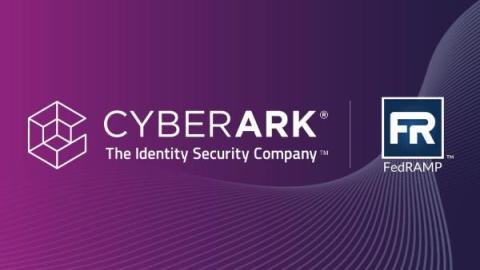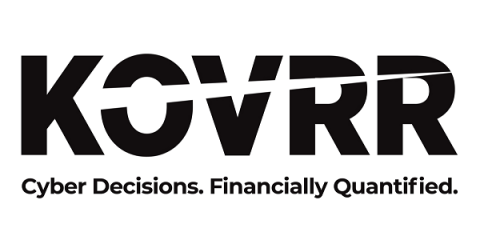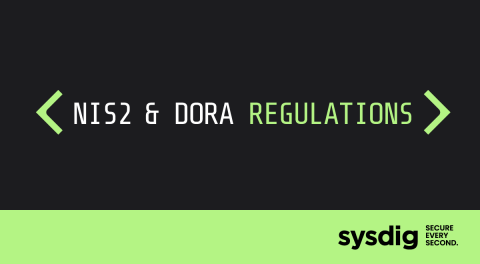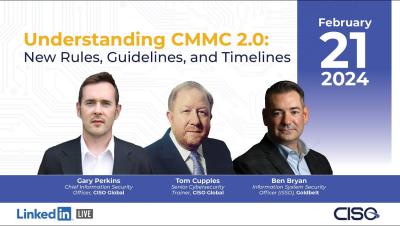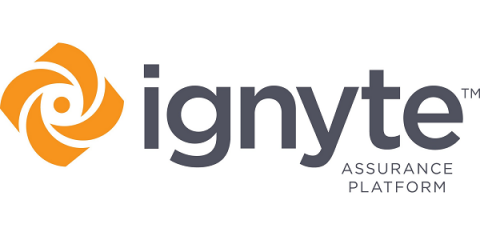Strategies for Living with Undetectable AI Content Proliferation
The relentless march of Artificial Intelligence (AI) has brought us to the precipice of a new era in content creation. AI-powered language models are now capable of generating human-quality text, blurring the lines between machine and human-made content. This proliferation of undetectable AI content presents a unique challenge - how do we navigate a world where information authenticity is increasingly difficult to discern? While some may view undetectable AI content with apprehension, it has the potential to revolutionize various fields.



